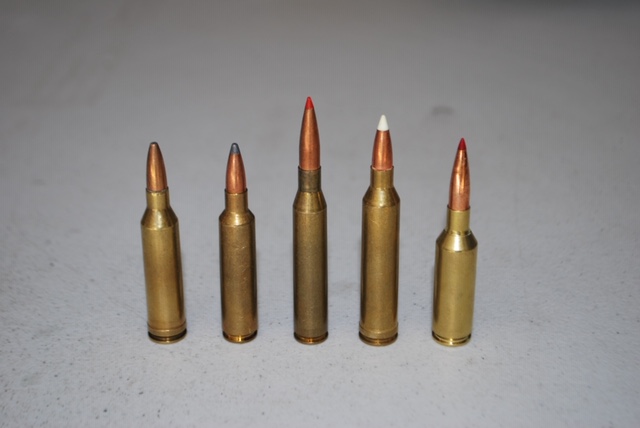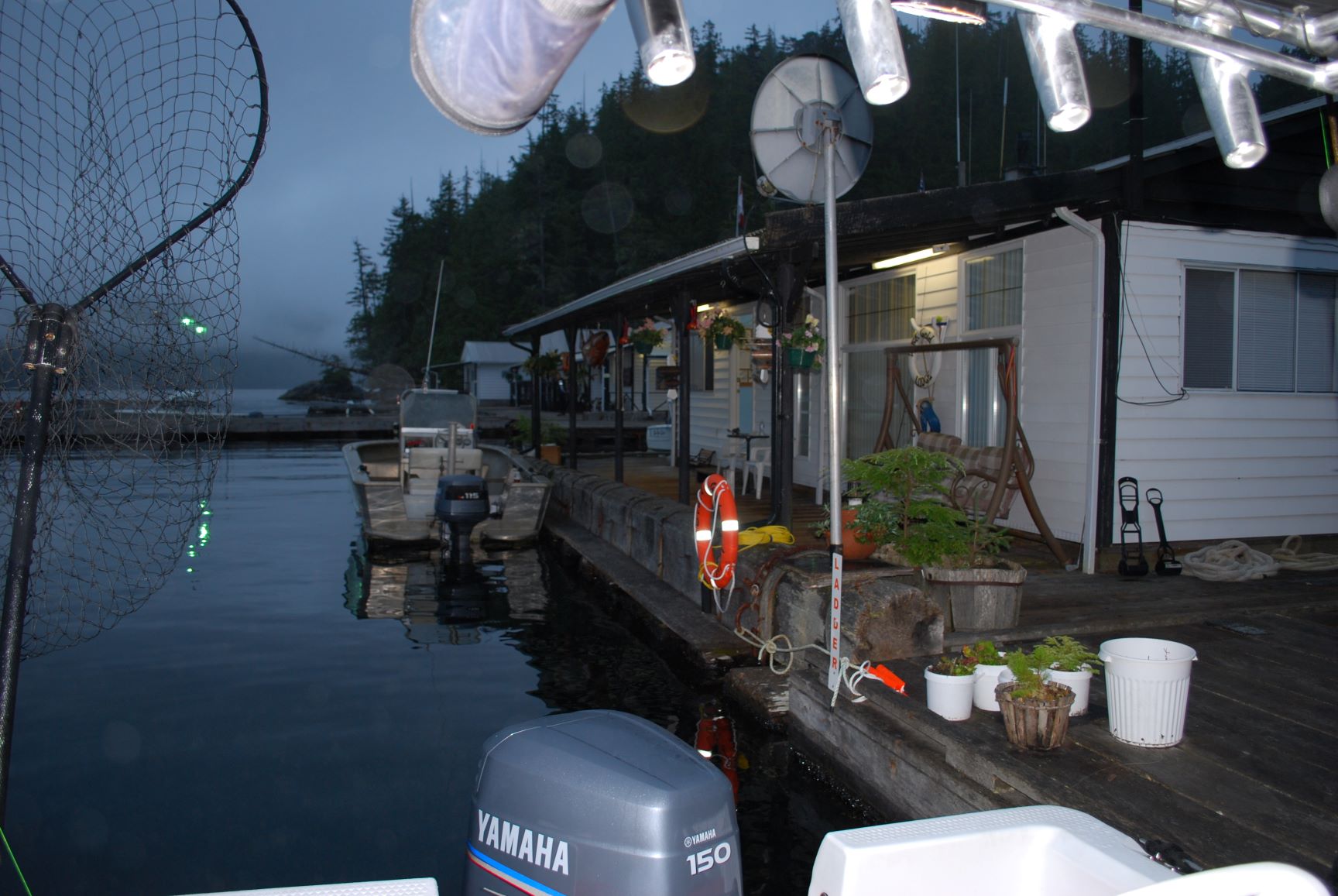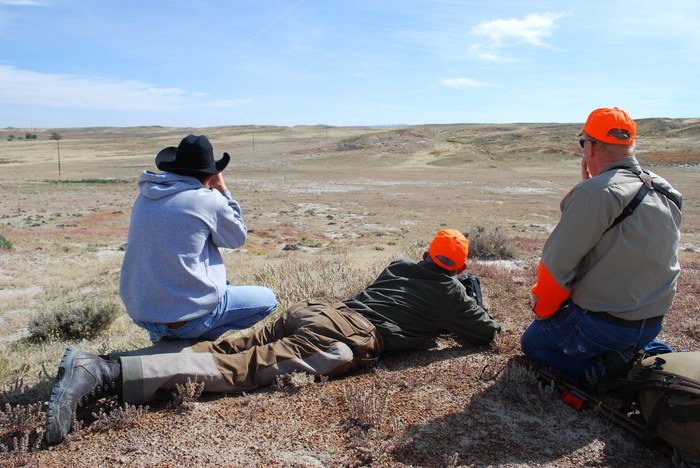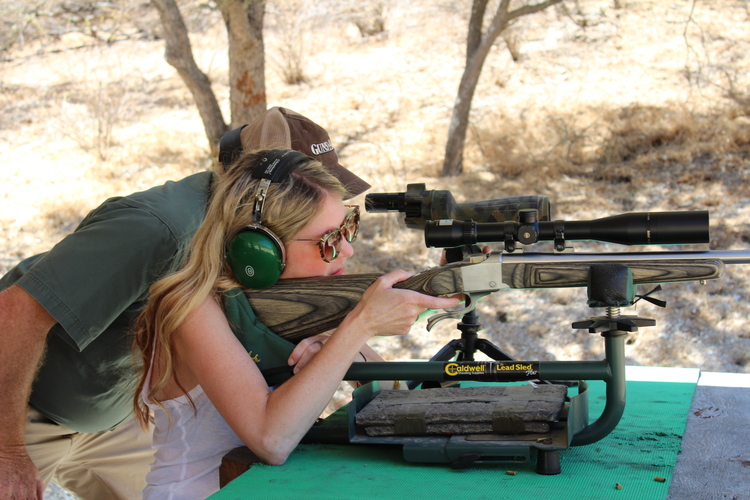The 6.5mm Creedmoor is a great cartridge…but it isn’t the only 6.5mm cartridge out there. We all know the 6.5mm Creedmoor is the hottest thing since sliced bread, right now, except the 223 Remington, our hottest-selling centerfire cartridge. And the greatest cartridge phenomenon I’ve seen in my career. The Creedmoor is different because its popularity isn’t based on marketing hype. Developed as a long-range target cartridge, its introduction was soft and its designer, Hornady, had limited expectations. The Creedmoor won matches right out of the starting gate, but it actually fizzled along for several years. Then, suddenly, it took off and, so far, hasn’t looked back. The 6.5mm Creedmoor is accurate, efficient, mild in recoil, and with its short case is able to utilize the long, aerodynamic bullets currently in fashion, from a short action. 
There are quite a few cartridges in the middle tier of “fast” 6.5mm’s. All of these will at least approach 3000 fps with a 140-grain bullet, and certainly with a 130-grain slug. Left to right: 6.5mm Remington Magnum, 6.5×284 Norma, 6.5-06 (wildcat), 264 Winchester Magnum, 6.5mm SST (proprietary).Suddenly the .26-caliber (bullet diameter .264-inch) is in. This, in itself, is odd because this bullet diameter is hardly new. Back in the 1890s, at the dawn of smokeless powder, a number of 6.5mm cartridges were developed for military use, primarily for European powers. Several became popular sporting cartridges, not only in Europe but also over here. Some, such as the 6.5×54 Mannlicher-Schoenauer and 6.5×55 Swedish Mauser, are ballistic equals to the 6.5mm Creedmoor…especially if modern propellants and bullets are used. Up through the 1930s America’s sporting press was full of references to early 6.5mms, but their use dwindled and almost faded away.
Continue reading CHOOSING A 6.5MM CARTRIDGE By Craig Boddington



